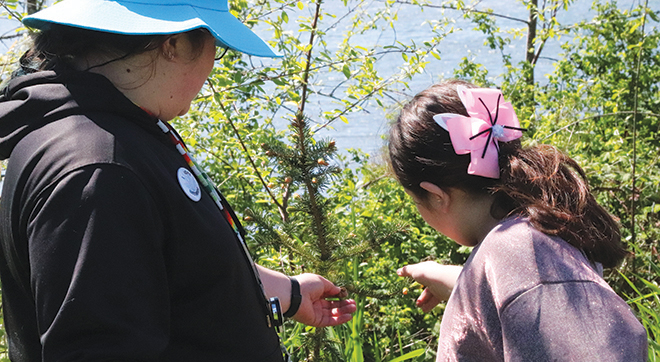
By Wade Sheldon, Tulalip News
Approximately 20 percent of the Tulalip Reservation comprises wetlands—natural systems that help prevent flooding, filter contaminants from water sources, and provide vital habitat and spawning grounds for salmon native to the Salish Sea. These ecosystems play a crucial role in both environmental health and cultural preservation.
Cleansing Mother Earth and empowering tribal members to protect their homelands for future generations has never been more urgent. On Tuesday, April 22, Tulalip’s Earth Day Celebration brought the community together for a day of learning, restoration, and stewardship across several locations on the reservation.
At the Tulalip Health Clinic, participants revitalized the community garden by repurposing raised beds and transplanting plants grown for giveaways, including calendula, a healing herb often used to make salves. Meanwhile, community members gathered at Mission Beach to remove debris along the shoreline, while others participated in a cleanup effort along 27th Avenue near Heritage High School.
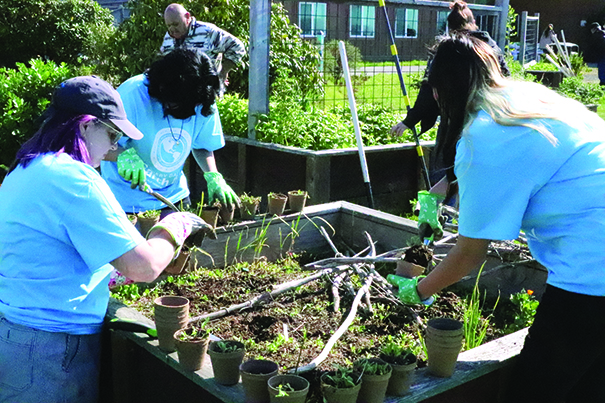
A guided plant walk took place around the ballfield behind the Youth Center, educating attendees about the reservation’s wetlands. Booths were also set up at the Youth Center, offering tips on nutrition, home renovation, gardening, and recycling. Creative and sustainable living ideas were introduced, such as using hempcrete—a bio-composite building material made from hemp—to construct affordable homes. Tulalip is set to become one of the first tribal communities to build a hempcrete house in collaboration with the Indigenous Habitat Institute later this year.
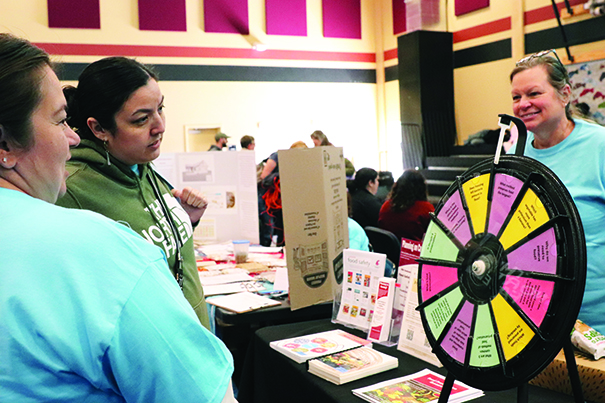
Other booths shared exciting initiatives. TERO provided information about solar panel installation programs available to Tulalip residents. Knox Cellars encouraged families to support pollinator populations by raising backyard beehives. At a fruit nutrition station, attendees could spin a prize wheel to win fruit and learn about healthy eating.
Tribal member Joyia Kinlicheeney was among those who came out to support the Mission Beach cleanup. As garbage bags were handed out and participants began making their way toward the shore, Joyia cheered, “And it starts!”—capturing the day’s spirit.
Michelle Bahnick, Wetland Biologist with Tulalip Natural Resources, led the plant walk and shared her expertise on local plant species. When the group reached the first wetland, Bahnick asked if anyone could identify a plant. A young girl excitedly called out, “Cattails!” Bahnick confirmed and explained their dual role. While cattails filter pollutants and provide habitat, their aggressive growth can threaten biodiversity by overtaking native species.
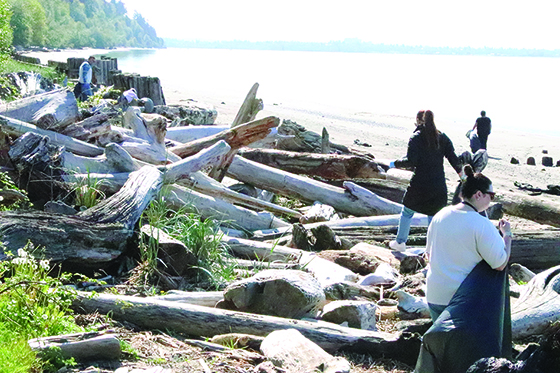
“We have excellent stormwater developments, but it’s nothing compared to what nature can do,” Bahnick said. She pointed to the wetlands surrounding the ballfield as an ecological restoration site. “If you impact an environmentally sensitive area, you become responsible for offsetting those impacts,” she noted, referring to replanting efforts that have taken place near the Youth Center.
Environmental Education and Outreach Coordinator Melissa Gobin spoke passionately about fostering a deeper connection between the community and the land. “I want them to love the land like I love it. I want them to take care of this land and take pride in it. I don’t want people coming here and throwing garbage everywhere. This is where we all have to live, and we need to act as a community. I want them to love it like it’s their mother.”
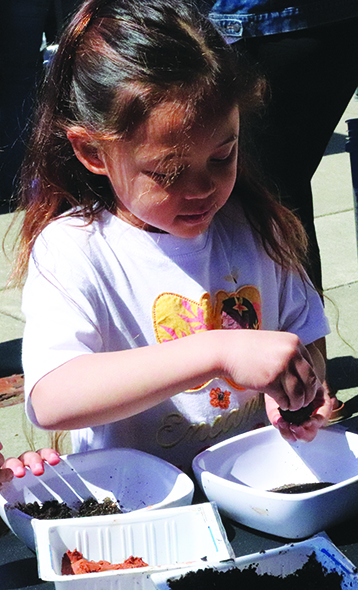
She also sees youth education as the key to lasting change. “Teaching kids through outreach education is what I think will get people more passionate about caring for the land—it’s contagious,” she said.
Gobin warned that neglecting the land will bring severe consequences. “If we don’t care for Mother Earth, she will fight back. You can expect a polluted environment where fish could become extinct, and animals will have nowhere to live. The water will be polluted, the air will suffer, and climate change will worsen. We’re already seeing these effects and need to act to prevent further damage.”
When speaking on how all those who came out took away from today, she hopes participants walked away feeling inspired and empowered. “I want them to develop a love for nature, to get their hands in the dirt and truly appreciate what Mother Earth provides. They should feel empowered to grow one plant or start a garden. They can volunteer and learn about important restoration projects for salmon, bees, and other pollinators. It’s all connected, forming one huge cycle of life that we must protect.”
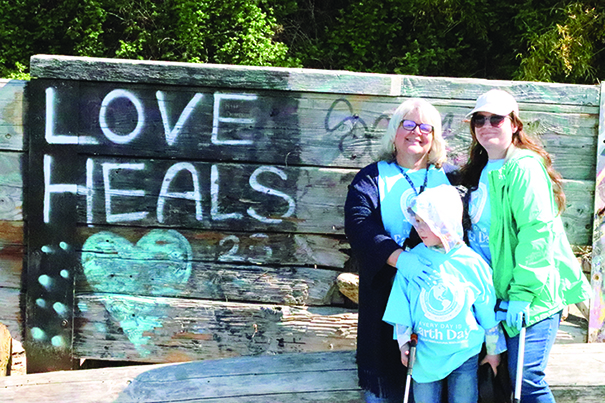
Tulalip’s Earth Day celebration served as a reminder that environmental responsibility doesn’t begin and end with a single day- it’s a continuous commitment rooted in culture, community, and care for the land. From restoring gardens to learning about native plants and sustainable building, every action taken reflects a growing movement toward harmony with nature. As more people participate in these efforts, the hope is that Earth Day becomes more than a date on the calendar- it becomes a way of life. Let every day be Earth Day.